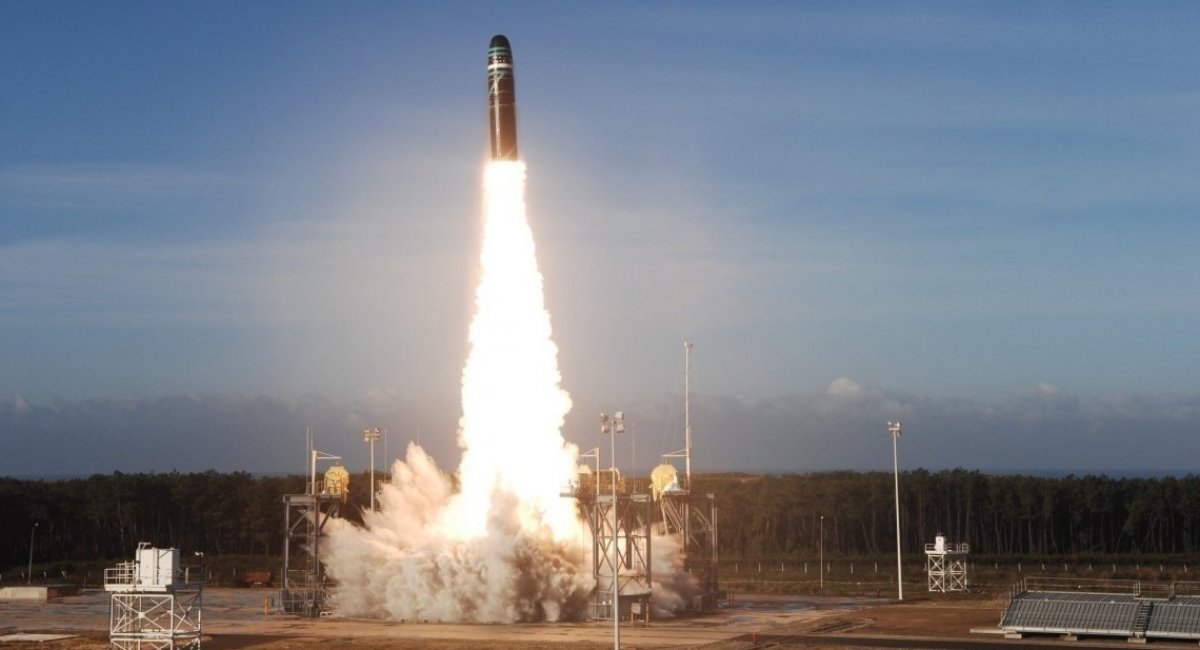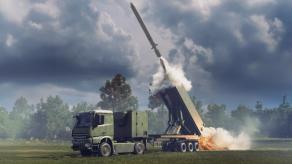In one of previous publications, Defense Express covered Germany's plans to buy a Typhon system with Tomahawk missiles and why russia fears this so much. Against this backdrop, it is worth recalling France's intention to develop its own ballistic missile with a non-nuclear warhead and a range of up to 2,500 km — an initiative revealed in the summer of 2025.
It illustrates, in particular, Europe's approach to developing its own medium-range strike capabilities and how, despite officially stated goals of integration through joint projects, they have different visions and work towards the goal independently.
Read more: Germany Wants Typhon: Will Long-Range Tomahawks Replace Europe’s Need for 4,200 Cruise Missiles?
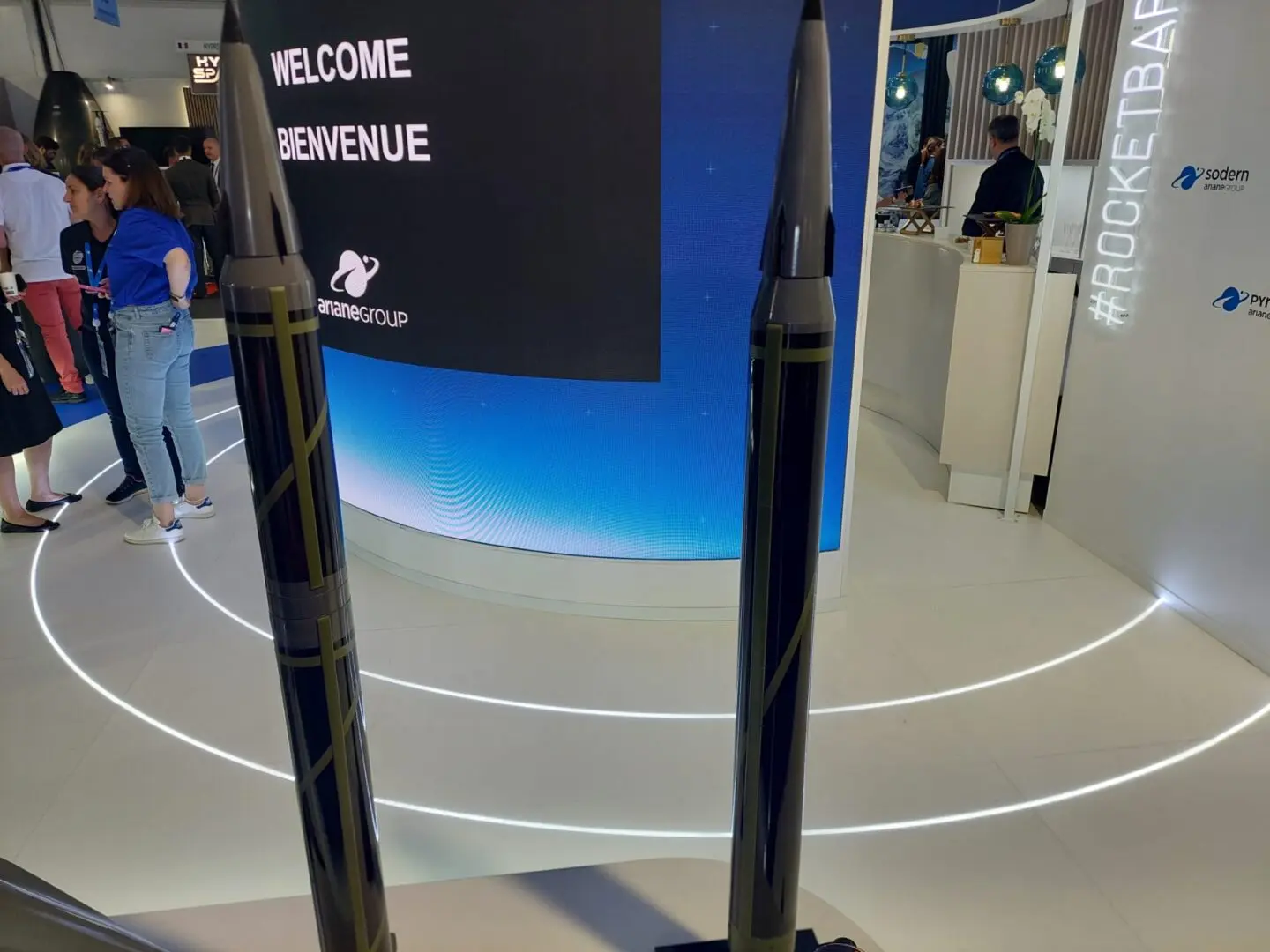
The French ballistic missile project was recently highlighted in a publication by the International Institute for Strategic Studies (IISS). The key takeaways are as follows.
France aims to develop and field its own medium-range ballistic missiles by 2030. This goal is reflected in the Missile Balistique Terrestre (MBT) project by Ariane Group, which was first presented at the Paris Air Show in June 2025.
Two missile models were shown, with estimated ranges of around 1,000 km and 2,000 km, respectively. Both feature a separating re-entry vehicle, which is expected to have maneuvering capabilities to overcome enemy missile defenses. Ariane Group is also the producer of the M51 submarine-launched intercontinental ballistic missile, one of the main components of France's nuclear arsenal.
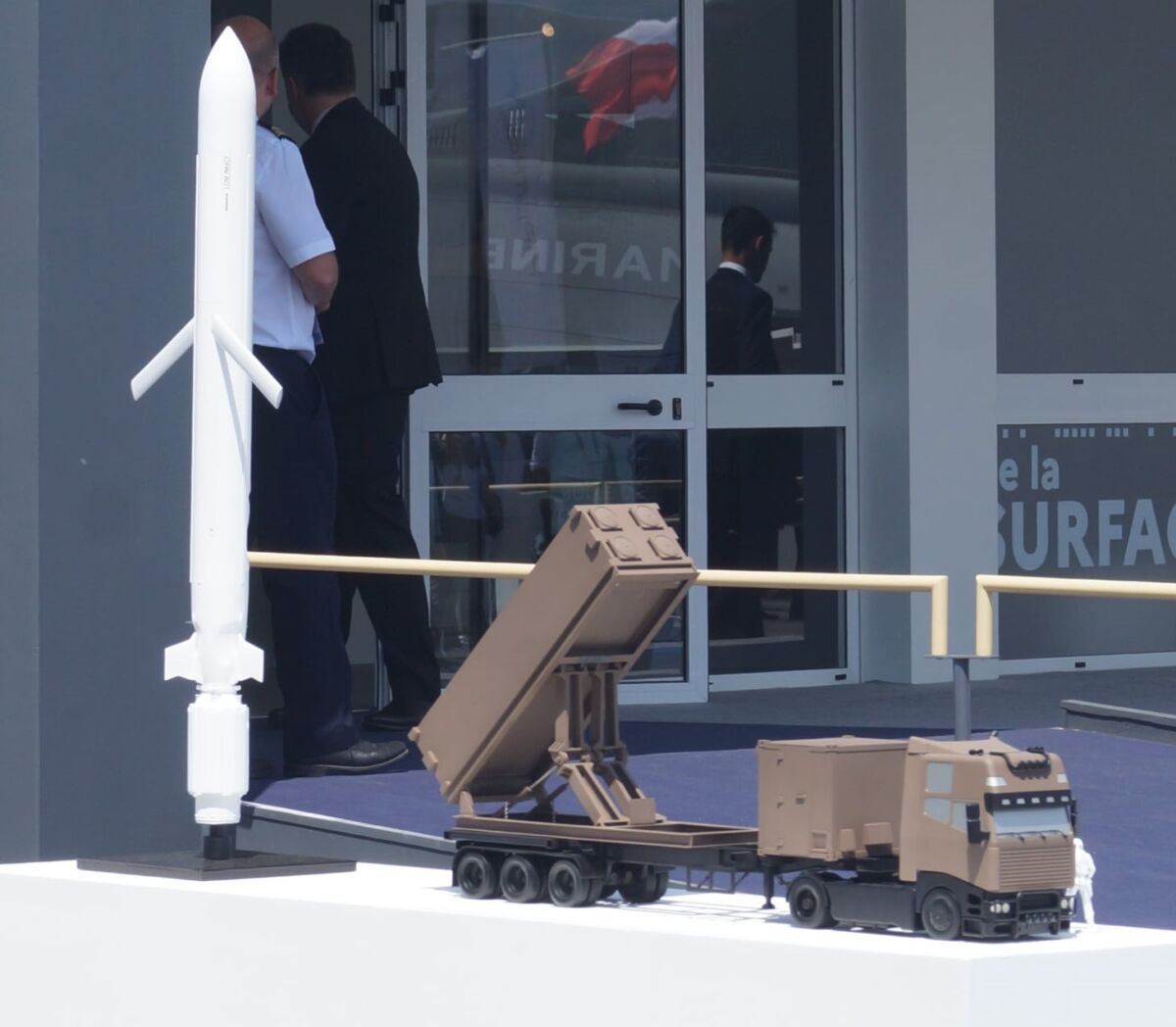
According to the IISS article, the 2,500 km-range ballistic missile program is a matter of national prestige for France. It will likely continue even without external partners, despite industrial constraints and a lack of long-term commitment from other European countries to develop such weapons.
It is notable that Germany opted to acquire off-the-shelf Tomahawks with a ground launch system, despite France launching the Land Cruise Missile program — an alternative European project in the same niche. However, LCM is expected to enter testing only in 2028, which explains why some European countries are leaning toward missile systems that can be acquired sooner.
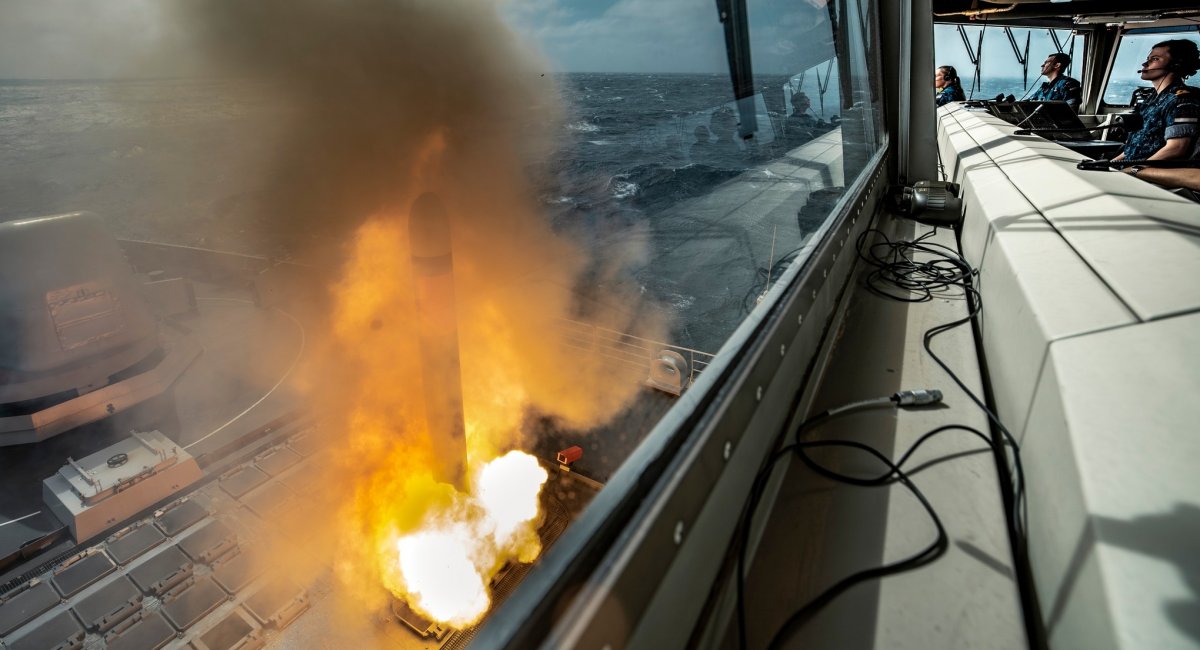
To move forward with the MBT program, France will have to expand its industrial capacity. This will be challenging in the absence of foreign interest.
Still, this type of missile development is seen as a cornerstone of France’s new defense strategy, announced in mid-2025, which aims to integrate lessons from the wars in Ukraine and Israel. That doctrinal approach will likely push France to overcome technological and resource hurdles on its own.
Read more: Germany Sends 220,000 Rounds for Ukraine’s Gepards — But How Long Will They Last?




